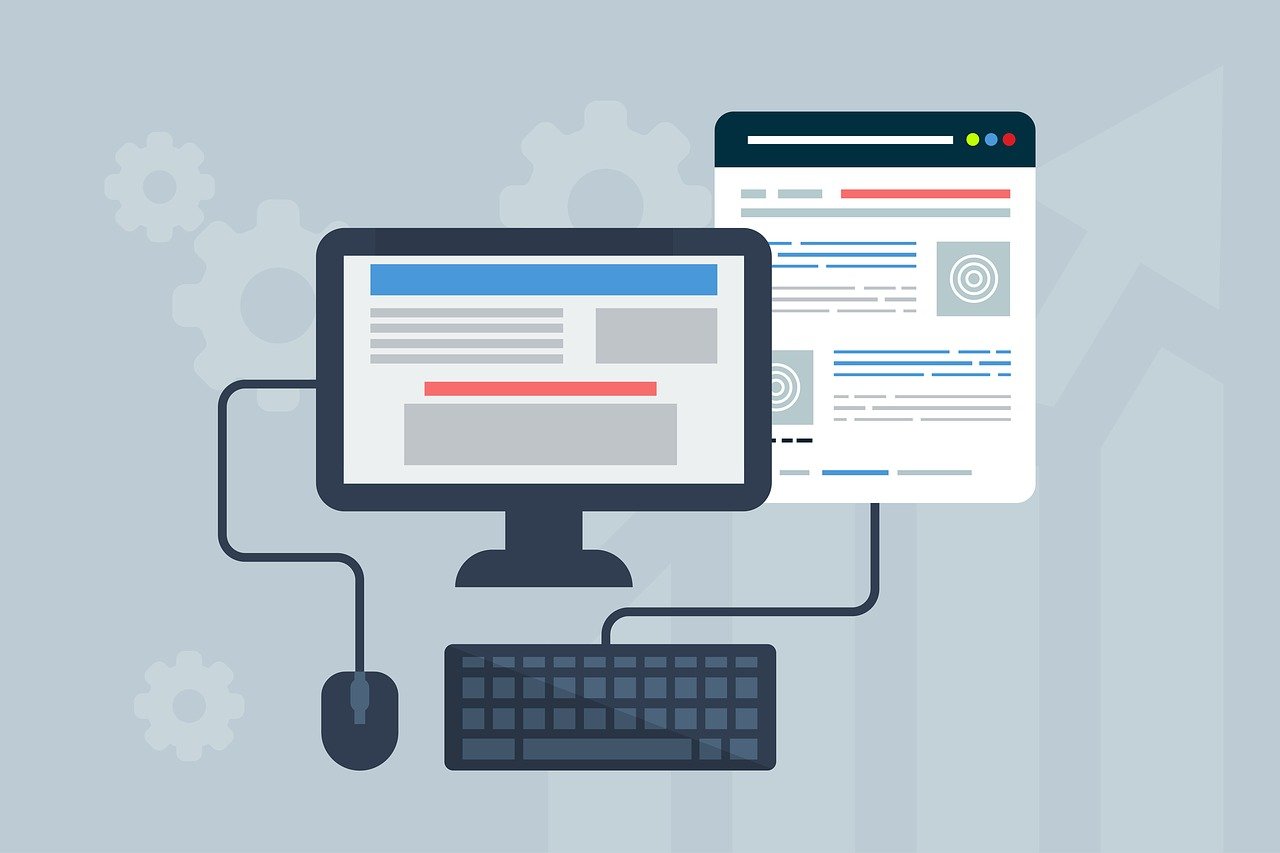Introduction
Blockchain technology is transforming how people store, transfer, and verify information.
Originally known for powering cryptocurrencies like Bitcoin, blockchain now impacts finance, supply chains, healthcare, and beyond.
Here’s how this revolutionary technology is reshaping digital transactions and security.
1. What Is Blockchain?
Blockchain is a decentralized digital ledger that records transactions across multiple computers.
Key features include:
- Transparency: All participants can view transactions.
- Security: Records can’t be altered once added.
- Decentralization: No single authority controls the network.
This makes blockchain trustworthy and tamper-proof.
2. Secure Digital Payments
Blockchain allows peer-to-peer (P2P) transactions without intermediaries like banks.
Benefits include:
- Lower transaction fees
- Faster international transfers
- Enhanced data security
This helps individuals and businesses save time and money.
3. Smart Contracts
Smart contracts are self-executing agreements stored on the blockchain.
They activate automatically when conditions are met — no middleman needed.
Examples include:
- Automatic payments
- Insurance claims
- Property transfers
Smart contracts make transactions faster, transparent, and reliable.
4. Supply Chain Transparency
Blockchain tracks goods from production to delivery.
This helps:
- Verify product authenticity
- Prevent fraud
- Improve efficiency
Consumers and businesses gain trust and visibility throughout the supply chain.
5. Digital Identity Verification
Blockchain provides secure, verifiable digital IDs that reduce identity theft.
Users can control their personal data and share it only when necessary.
This enhances privacy and trust in digital transactions.
6. Financial Inclusion
Blockchain opens access to financial services for people without bank accounts.
Through decentralized apps (DeFi), users can:
- Send or receive money
- Lend and borrow securely
- Earn through crypto assets
This promotes equal financial opportunity worldwide.

7. Data Security and Integrity
Blockchain prevents hacking and data manipulation by using cryptographic encryption.
Each block connects to the previous one, forming an immutable chain.
This ensures data accuracy and transparency across industries.
Conclusion
Blockchain technology is redefining digital trust.
From secure payments and identity verification to smart contracts and supply chains, blockchain offers speed, transparency, and reliability.
As adoption grows, blockchain will continue to shape a safer, more efficient digital economy for everyone.










